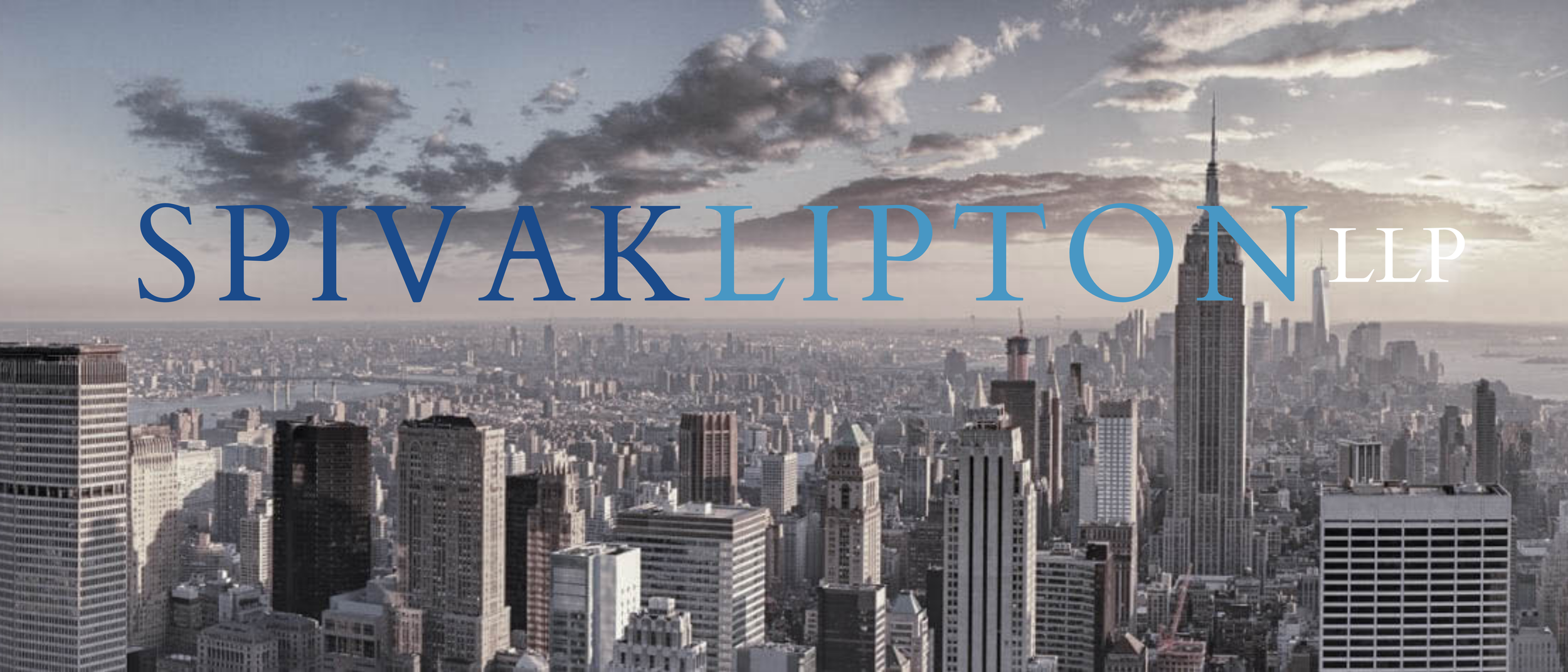As of January 1, 2018, the New York State Paid Family Leave Benefits Law (“Law”) will require employers throughout New York State to provide paid family leave benefits to their employees. The New York State Workers’ Compensation Board finalized its implementing regulations for the Law on July 19, 2017.
Employees can take paid family leave benefits for up to 8 weeks during calendar year 2018, up to 10 weeks during calendar years 2019 and 2020, and, when the Law is fully phased in, up to 12 weeks in 2021 and thereafter. Leave can be used to: 1) care for a new child, including adopted and foster children; 2) assist a family member with a serious health condition; and/or 3) assist when a family member is called to active military duty. Employees cannot take leave for their own serious health conditions, unlike under the Family and Medical Leave Act (“FMLA”). Leave can be taken intermittently, meaning that employees do not have to use all of their available time at once or for the same qualifying event. Employees must provide notice of their intent to take paid family leave 30 days in advance, or as soon as practicable when the leave is unforeseeable.
Private employers must provide paid family leave benefits for their employees. Public employers may opt in to the program, and if their employees are represented by a union, the employer and the union must negotiate the opt-in. Full-time employees who regularly work 20 or more hours per week become eligible for paid family leave benefits after 26 weeks of consecutive work, and part-time workers become eligible on their 175th day of work. The amount of weekly wages that employees will receive while on leave will be phased in over a four year period, beginning in 2018 at 50% of their weekly wages or 50% of the statewide average weekly wage (“SAWW”), whichever is less, and increasing in 2021 and thereafter up to 67% of their wages or 67% of the SAWW, whichever is less. The statewide average weekly wage in the calendar year 2016 was $1,305.92.
Employers must purchase paid family leave insurance through an insurance carrier or become self-insured. Paid family leave benefits are intended to be funded through employee payroll deductions, although the Law leaves open the issue of whether employers may fund the benefits themselves. As of July 1, 2017, employers were permitted – but not required – to begin deducting employee contributions. The maximum amount employers may deduct from employees’ paychecks is based on a maximum annual premium and cannot exceed 0.126% of the annualized SAWW. For calendar year 2018, the annualized SAWW is $67,908, which means the maximum annual premium to be charged to an employee for paid family leave benefits is $85.56.
Employers must provide employees with the option to waive contribution payments when they will not work 26 consecutive weeks or 175 days during a single calendar year. If an employee’s schedule changes and he/she becomes eligible for benefits, the previously signed waiver is deemed revoked within eight weeks, and he/she must begin making contributions and is liable for retroactive payments.
Employers and unions are prohibited from negotiating an absolute waiver of paid family leave benefits within a collective bargaining agreement (“CBA”). However, if a CBA provides paid family leave benefits as favorable as those in the Law, the employer is relieved from providing the exact benefits specified under the Law. Similarly, a CBA may provide different rules related to paid family leave, but absent a different rule the Law’s provisions would apply.
Employers cannot discharge, fail to reinstate, or discriminate against their employees for taking or attempting to take paid family leave. Employers also must continue to provide employees with health insurance while they take leave on the same terms as if they had continued to work. Employers must notify their employees if they plan to concurrently designate paid family leave benefits as FMLA leave. If employers fail to provide the requisite notice, their employees may take paid family leave without concurrently using their available FMLA benefits.
If you have any questions about the New York State Paid Family Leave Benefits Law, please contact Lauren McGlothlin, Esq., at lmcglothlin@spivaklipton.com.





